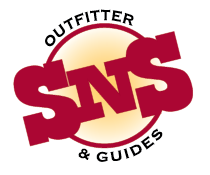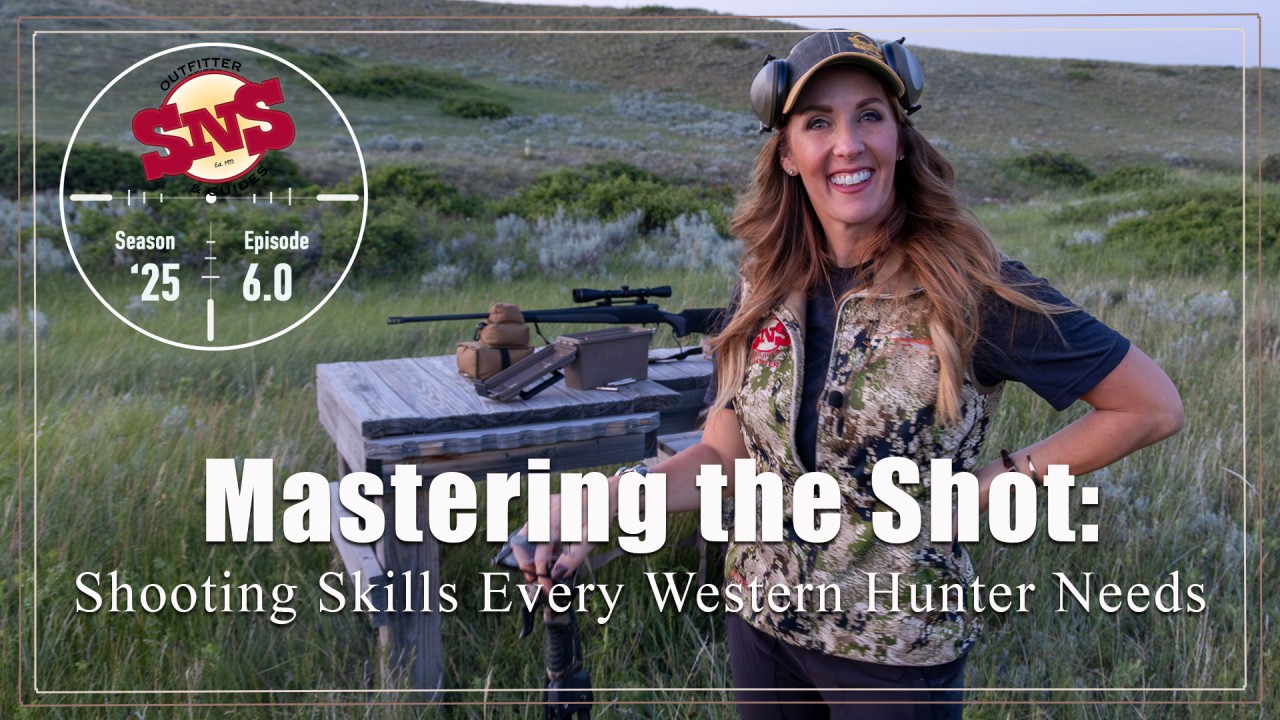Shooting Skills Every Western Hunter Needs If you're heading out West for your first (or next) big game hunt, your rifle skills matter more than you might think. A clean, ethical shot often comes down to how well you've practiced—and practiced right. In this video, SNS Outfitter & Guides walks you through real-world shooting positions that mimic the conditions you'll encounter in the field. Heather, our Director of Media & Marketing, demonstrates the typical western shooting setups—sitti...
2480 Hits

